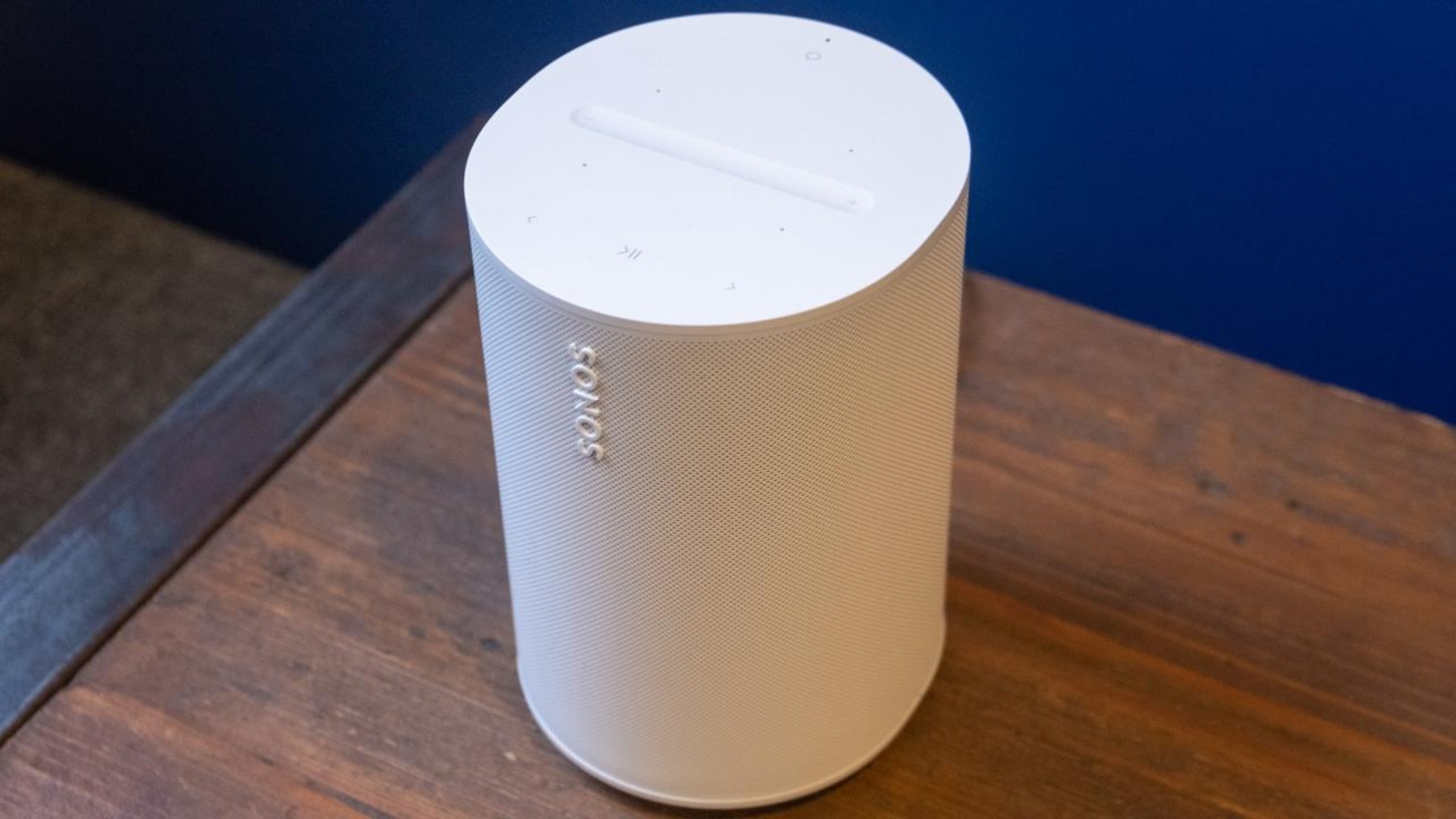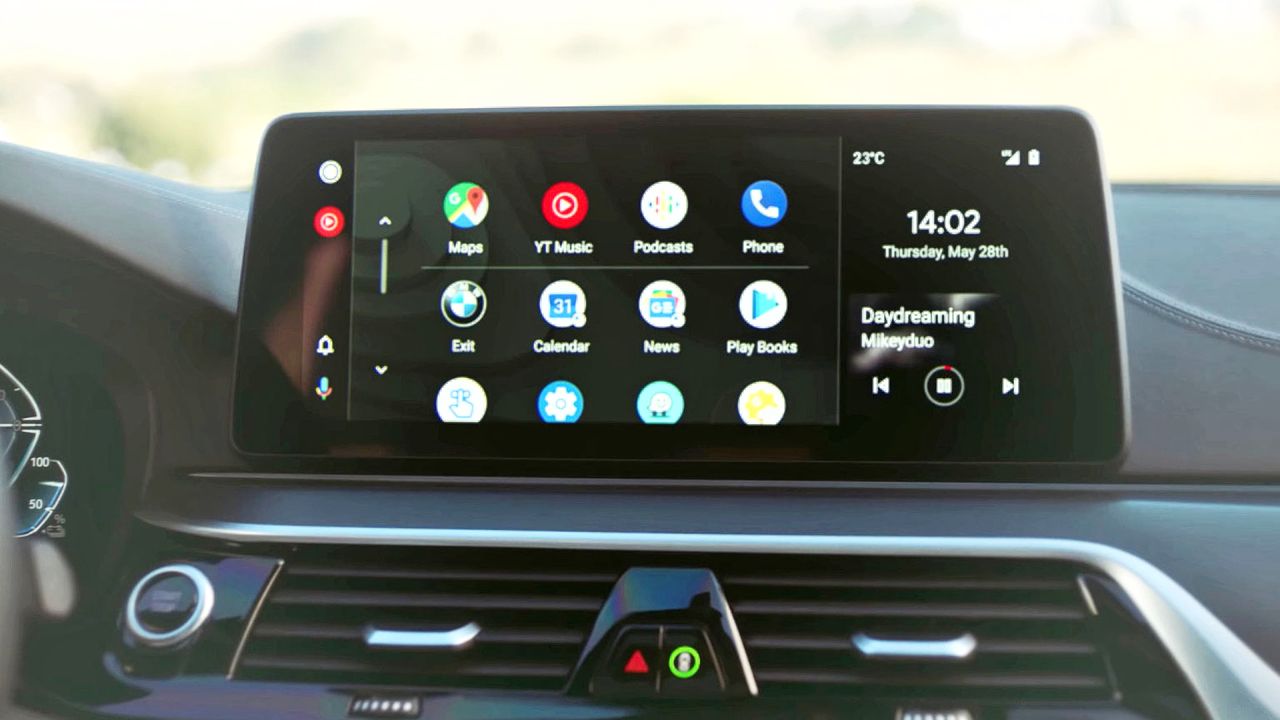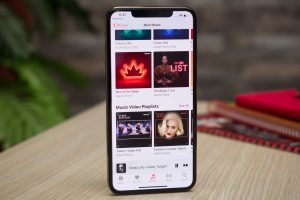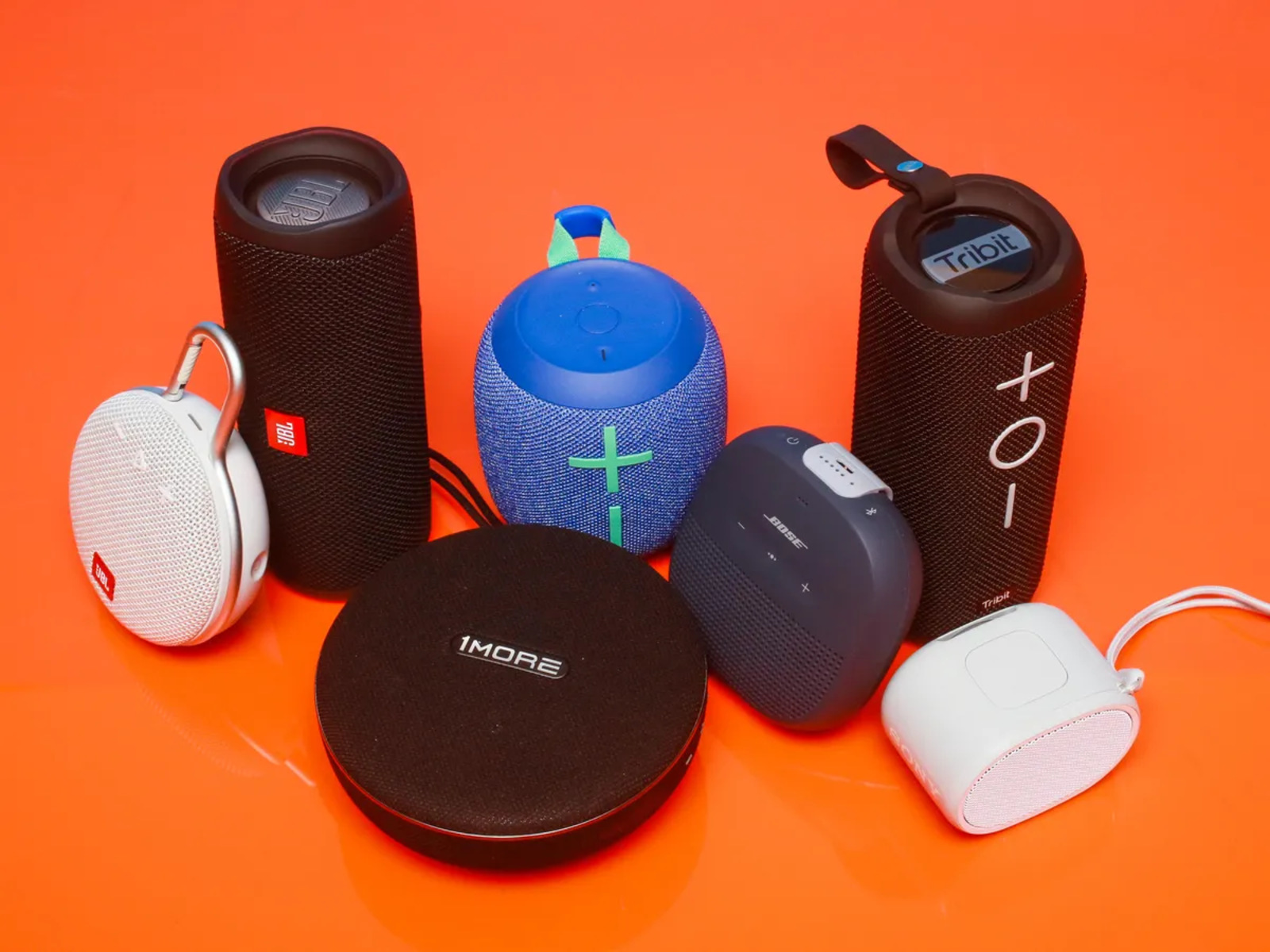Introduction
Welcome to the ultimate showdown between Apple Music and Amazon Music. Whether you’re a music enthusiast looking for the perfect streaming service or simply curious about the differences between these two giants, you’ve come to the right place. In this article, we’ll dive into the user interface, music library, personalization and recommendations, music discovery, pricing, available devices, audio quality, offline listening, and additional features to help you decide which platform is better suited to your musical tastes and preferences.
As streaming services continue to dominate the music industry, Apple Music and Amazon Music have become major players in the market, offering users access to millions of songs right at their fingertips. Both services boast extensive music libraries, personalized recommendations, and the convenience of streaming on multiple devices.
While Apple Music is known for its seamless integration with Apple devices and exclusive access to some of the biggest names in the music industry, Amazon Music offers a diverse range of subscription options and an extensive library of songs spanning various genres. So, let the battle begin as we explore the key features and differences between Apple Music and Amazon Music.
In the following sections, we’ll compare and contrast these two music streaming services, delving into their user interfaces, the size and diversity of their music libraries, their ability to personalize recommendations based on your musical preferences, music discovery features, pricing plans, compatibility with different devices, audio quality, and the availability of offline listening. By examining these aspects, we hope to provide you with a comprehensive understanding of the strengths and weaknesses of each platform to help you make an informed decision regarding your music streaming needs.
So, without further ado, let’s dive into the world of Apple Music and Amazon Music to find out which service is the ultimate champion in the battle of the music streaming giants.
User Interface
When it comes to user interface, both Apple Music and Amazon Music provide intuitive and user-friendly platforms. However, there are some notable differences worth considering.
Apple Music boasts a sleek and visually appealing design, consistent with Apple’s sleek aesthetics. The interface is clean and easy to navigate, with tabs clearly labeled for easy access to different sections such as Library, For You, Browse, and Radio. The overall layout is designed to provide a seamless user experience, making it effortless to search for and discover new music.
On the other hand, Amazon Music offers a more straightforward and minimalistic interface. The homepage features a clean layout with a navigation menu on the left side, allowing users to easily access their library, playlists, and recommendations. While it may not be as visually striking as Apple Music, the simplicity of Amazon Music’s interface makes it easy for users to browse through their music collection and find what they’re looking for.
Both platforms provide search functionalities for finding specific artists, songs, or albums. However, Apple Music takes it a step further by also allowing users to search by lyrics, which can be a handy feature for those who remember a few lines of a song but can’t recall the title.
In terms of customizability, Apple Music gives users the ability to customize their library view by choosing between grid or list view options. This can be helpful for those who prefer a more visual representation of their music collection. However, Amazon Music offers a simpler approach with a standard list view, making it easy to scroll through songs and albums.
Overall, both Apple Music and Amazon Music offer intuitive user interfaces, but Apple Music’s visually appealing design and additional search features give it a slight edge in terms of user experience. However, preferences may vary, and some users may appreciate the simplicity and straightforwardness of Amazon Music’s interface.
Music Library
One of the most crucial aspects to consider when choosing a music streaming service is the size and diversity of its music library. Both Apple Music and Amazon Music boast vast collections of songs, but there are some key differences to be aware of.
Apple Music impresses with an extensive library of over 75 million songs. It covers a wide range of genres and includes top chart hits, classic albums, and exclusive releases from popular artists. With its strong emphasis on curating content, Apple Music also offers a vast collection of playlists and radio stations to cater to various moods or personal preferences.
Amazon Music, on the other hand, brings its massive music catalog of over 70 million songs to the table. Like Apple Music, it features a diverse selection of music genres, ensuring that users have a wide range of options to choose from. Additionally, Amazon Music provides an extensive collection of podcasts, offering users additional audio content beyond just music.
One notable aspect that sets Apple Music apart is its exclusive content. The platform is known for its collaborations with big-name artists, which often result in exclusive releases, live performances, and behind-the-scenes content. This exclusivity may attract fans of these artists who want to experience their work in a unique way.
Another significant difference between the two platforms is how they handle independent and underground artists. While Apple Music has focused on supporting emerging artists and providing a platform for their music to be discovered, Amazon Music has adopted a similar approach with initiatives like “Amazon Originals” and “Breakthrough,” specifically showcasing rising talents.
Ultimately, both Apple Music and Amazon Music offer extensive music libraries with a vast selection of songs and genres. However, Apple Music’s exclusive content and commitment to promoting emerging artists may give it a slight edge for users seeking unique and diverse music experiences.
Personalization and Recommendations
Personalization and recommendations are essential features that enhance the music streaming experience by offering users tailored suggestions based on their musical tastes and preferences. Both Apple Music and Amazon Music employ algorithms to provide personalized recommendations, but there are some distinctions worth noting.
Apple Music offers a highly personalized experience through its “For You” feature. This section provides users with personalized playlists, curated albums, and recommended songs based on their listening history, liked songs, and favorite artists. Apple Music’s algorithm takes into account a variety of factors, such as genre preferences, similar artists, and music that is currently trending, ensuring that users have a diverse selection of music that suits their tastes.
Amazon Music also offers personalized recommendations through its “Recommended” section, taking into account users’ listening history and habits. Additionally, Amazon Music utilizes its proprietary machine learning technology, known as “Amazon Music Recommendations,” to provide personalized playlists and suggested songs based on users’ preferences.
Both platforms also allow users to create custom playlists and radio stations based on specific songs or artists they enjoy. This gives users the opportunity to control their music listening experience and discover new songs that align with their preferences.
It’s worth noting that Apple Music takes a more manual and editorial approach to its playlists, employing expert curators who handpick songs for various playlists and genres. This curated approach appeals to users who value human curation and enjoy discovering music through carefully crafted playlists.
On the other hand, Amazon Music emphasizes algorithmic recommendations, leveraging its vast amount of user data and machine learning capabilities to suggest songs and artists that align with users’ listening habits. This data-driven approach ensures that users receive recommendations based on their individual preferences, helping them discover new music that they may enjoy.
Ultimately, whether you prefer Apple Music’s curated playlists or Amazon Music’s algorithmic recommendations, both platforms excel at providing personalized music suggestions based on your individual taste and listening habits.
Music Discovery
Discovering new music and expanding your musical horizons is an exciting part of the streaming experience. Both Apple Music and Amazon Music offer various features and tools to help users explore new artists, genres, and songs.
Apple Music prioritizes music discovery by providing users with a myriad of options. The “Browse” section allows users to explore curated playlists, new releases, and top charts across different genres. Apple Music also offers exclusive content such as artist interviews, behind-the-scenes videos, and documentaries, providing users with unique insights into the music they love.
Furthermore, Apple Music’s “For You” section offers personalized recommendations and playlists tailored specifically to the user’s musical tastes, making it easier to discover new songs and artists that align with their preferences. The platform also hosts radio stations and live-streamed radio shows, such as Beats 1 radio, offering users a chance to explore new music and listen to interviews and performances from their favorite artists.
Amazon Music also places emphasis on music discovery. The “Recommended” section suggests songs and albums based on a user’s listening habits, helping them discover new music similar to their preferred artists or genres. Additionally, Amazon Music offers a variety of radio stations and playlists based on different moods, activities, or genres, allowing users to explore music catering to their specific preferences.
What sets Amazon Music apart is its integration with Alexa, Amazon’s virtual assistant. Users can simply ask Alexa to play music from a particular artist, genre, or specific song, making music discovery a seamless and hands-free experience. Alexa is capable of understanding context and preferences, providing accurate and personalized recommendations.
Both Apple Music and Amazon Music offer music recommendations and curated playlists to help users discover new music. However, Apple Music’s emphasis on exclusive content and its integration with live radio shows may give it a slight edge for those seeking a more immersive and interactive music discovery experience.
Pricing
Pricing is a significant factor to consider when choosing a music streaming service. Both Apple Music and Amazon Music offer various pricing plans to cater to different needs and budgets.
Apple Music offers a straightforward pricing structure with a single subscription option. The individual plan is priced at $9.99 per month, which grants full access to the entire Apple Music catalog for a single user. Apple Music also offers a family plan for $14.99 per month, allowing up to six family members to enjoy the service simultaneously. Additionally, there is a student plan available at a discounted price of $4.99 per month for eligible students.
On the other hand, Amazon Music provides different pricing options, allowing users to choose the plan that best suits their requirements. The Amazon Music Unlimited Individual plan starts at $7.99 per month for Amazon Prime members, giving users access to Amazon Music’s vast library. Non-Prime members can subscribe to the same plan for $9.99 per month. Meanwhile, Amazon Music Unlimited Family plan, priced at $14.99 per month, allows up to six family members to enjoy the service.
Amazon Music also offers a more budget-friendly option called Amazon Music Prime, which is included as part of an Amazon Prime subscription. Prime members gain access to a limited music library and can stream music ad-free. This option is ideal for those who are already Amazon Prime members and want to enjoy a basic music streaming experience without any additional cost.
It’s important to note that both Apple Music and Amazon Music occasionally offer promotional discounts or special offers, so it’s worth keeping an eye out for any ongoing deals.
Ultimately, the choice between the two in terms of pricing will depend on individual preferences and circumstances. Apple Music’s single-plan structure may be more suitable for those who want a comprehensive music streaming experience, while Amazon Music’s diverse range of pricing options caters to different budgetary needs, including options for Amazon Prime members.
Available Devices
When it comes to streaming music, having access to your favorite service on multiple devices is essential for a seamless listening experience. Both Apple Music and Amazon Music offer compatibility with a wide range of devices, but there are some differences to consider.
Apple Music is renowned for its seamless integration with Apple devices. It is natively available on iPhones, iPads, Macs, and Apple Watches, allowing users to access their music library and stream their favorite songs effortlessly. Additionally, Apple Music is compatible with Apple TV and HomePod, making it convenient to enjoy music across different Apple devices in various settings.
Amazon Music does not fall behind in terms of device compatibility. The service is available on iOS and Android devices, allowing users to access their music on smartphones and tablets. Moreover, Amazon Music supports a wide range of devices including Amazon Echo smart speakers, Fire TV, Fire tablets, and even various third-party devices through the Alexa voice assistant.
Both Apple Music and Amazon Music are accessible via web players, allowing users to stream music directly through a web browser on their computers. This web player functionality ensures that users can still enjoy their music even if they don’t have their preferred device on hand.
In terms of availability on other platforms, Apple Music has expanded its reach to some non-Apple devices such as Windows PCs and Android devices, allowing users on these platforms to access their Apple Music subscription. Similarly, Amazon Music is available on select non-Amazon devices, but its compatibility is more limited compared to Apple Music.
Ultimately, if you predominantly use Apple devices or have an Apple ecosystem, Apple Music’s seamless integration and compatibility with Apple devices may be more appealing. However, if you use a variety of devices or have Amazon Echo smart speakers in your home, Amazon Music provides excellent compatibility and integration with Alexa-enabled devices.
Audio Quality
Audio quality is a crucial aspect to consider for music enthusiasts who want to enjoy their favorite songs in the best possible sound. Both Apple Music and Amazon Music offer high-quality audio, but there are differences in their approach.
Apple Music has been known for its commitment to delivering high-quality audio. The service offers a standard streaming quality of 256 kbps AAC, which provides excellent sound reproduction and clarity. However, Apple Music takes it a step further by offering a lossless audio option for select songs and albums. With Apple Music’s Lossless Audio, users can enjoy their music in CD-quality 16-bit/44.1 kHz or even high-resolution 24-bit/192 kHz on compatible devices.
On the other hand, Amazon Music provides different audio quality options depending on the device and subscription plan. The default streaming quality is at 256 kbps in standard quality, which is similar to Apple Music’s standard streaming quality. However, Amazon Music also offers a high-definition (HD) audio option for Amazon Music HD subscribers. This option allows users to stream songs in lossless audio quality up to 24-bit/192 kHz, offering a more immersive and detailed listening experience.
It’s worth noting that to fully experience the higher-quality audio options, users will need compatible devices and equipment capable of reproducing the enhanced audio. This can include headphones, speakers, or audio systems that support the respective audio formats.
Ultimately, both Apple Music and Amazon Music offer excellent audio quality for music streaming. Apple Music’s emphasis on lossless audio and its support for high-resolution audio may be a significant draw for audiophiles and those seeking the best possible sound quality. However, Amazon Music’s Amazon Music HD option provides a compelling alternative for users looking for high-quality audio without the need for a separate subscription.
Offline Listening
Offline listening is a crucial feature for music streaming services, allowing users to enjoy their favorite music even when they don’t have an internet connection. Both Apple Music and Amazon Music offer offline listening capabilities, ensuring that users can still enjoy their music on the go.
Apple Music allows users to download songs, albums, and playlists to their devices for offline listening. Subscribers can simply select the music they want to have available offline, and it will be stored on their device, accessible even without an internet connection. The downloaded content remains accessible as long as the user maintains an active subscription with Apple Music. This feature is especially beneficial for users who frequently travel or find themselves in areas with limited or no internet connectivity.
In a similar vein, Amazon Music also allows users to download songs, albums, and playlists for offline listening. By simply tapping the download button next to a song or playlist, users can store their favorite music directly on their devices. The downloaded content is available for offline playback, regardless of whether or not there is an internet connection available. This is particularly useful for users who want to conserve data or listen to music in areas with poor internet connectivity.
Both Apple Music and Amazon Music have limitations on the number of devices on which users can download and listen to music offline. For Apple Music, subscribers can download their music on up to 10 devices, while Amazon Music allows offline listening on up to 4 devices simultaneously.
It’s important to note that offline listening is not permanent and requires an active subscription to the respective music streaming service. If the subscription is canceled, the downloaded music will no longer be accessible for offline playback.
Overall, both Apple Music and Amazon Music provide robust offline listening capabilities, allowing users to take their favorite music with them wherever they go. Whether you prefer downloading songs, albums, or playlists, both services make it easy to enjoy your music even when an internet connection is not available.
Additional Features
In addition to their core music streaming functionalities, both Apple Music and Amazon Music offer additional features that enhance the overall user experience. These features range from social sharing options to integration with smart home devices.
Apple Music boasts several unique features that set it apart from other music streaming platforms. One of the key highlights is the integration with the Apple ecosystem. Users can easily access their Apple Music library across all Apple devices, enjoying a seamless and synchronized experience. Apple Music also offers exclusive content, such as artist interviews, documentaries, and live performances, giving users an inside look into their favorite artists’ lives and creative processes.
Furthermore, Apple Music incorporates a robust social aspect. Users can create profiles, follow friends, and share playlists, songs, and albums with their contacts. This social feature allows for a more interactive and collaborative music experience, facilitating music discovery through shared recommendations.
Amazon Music, on the other hand, offers integration and compatibility with Alexa, Amazon’s virtual assistant. Users can control the playback of Amazon Music with voice commands, making it easier to enjoy their music hands-free. This integration extends to a wide range of devices, including Amazon Echo smart speakers, Fire TV, and Fire tablets, providing a seamless and convenient experience.
Another feature offered by Amazon Music is the ability to follow favorite artists. Users can follow their preferred artists to receive updates on new releases, upcoming concerts, and personal playlists curated by the artists themselves. This feature allows users to stay connected with the artists they love and discover more about their music journeys.
Both Apple Music and Amazon Music also offer lyrics integration, displaying synchronized song lyrics alongside the music playback. This feature allows users to follow along with the lyrics while listening to their favorite songs, enhancing the overall music experience.
It’s important to note that both Apple Music and Amazon Music continuously update and evolve their features, adding new functionalities and improvements to enhance the user experience. This ensures that subscribers can enjoy a growing list of additional features over time.
Ultimately, Apple Music’s integration with the Apple ecosystem, exclusive content, and social sharing options give it a slightly more comprehensive set of additional features. However, if you have an Amazon Echo device or prefer the convenience of voice commands with Alexa, Amazon Music’s compatibility and integration with Alexa provide a unique advantage.
Conclusion
After exploring and comparing the key features of Apple Music and Amazon Music, it’s clear that both platforms offer impressive music streaming services. The choice between the two ultimately depends on your individual preferences, device compatibility, and specific needs.
If you value seamless integration with Apple devices, exclusive content, and a visually appealing user interface, Apple Music may be the ideal choice for you. Its extensive music library, personalized recommendations, and the social aspect of sharing and discovering music with friends make for a well-rounded music streaming experience.
On the other hand, Amazon Music offers a diverse range of pricing options, compatibility with Amazon Echo devices, and the convenience of voice control through Alexa. The platform’s extensive music catalog, personalized recommendations, and the ability to follow favorite artists make it a compelling choice for users seeking flexibility and integration with their Amazon ecosystem.
Both services excel in different areas, and it ultimately comes down to personal preference and which features are most important to you. It’s also worth considering any specific needs you may have, such as access to exclusive content or a desire for high-quality audio.
In summary, Apple Music and Amazon Music are both excellent options for streaming music, catering to different tastes, preferences, and device compatibility. Whether you prioritize Apple’s seamless ecosystem integration and exclusive content, or Amazon’s versatility and integration with smart home devices, either platform will provide you with a vast music library and personalized recommendations to enhance your music streaming experience.







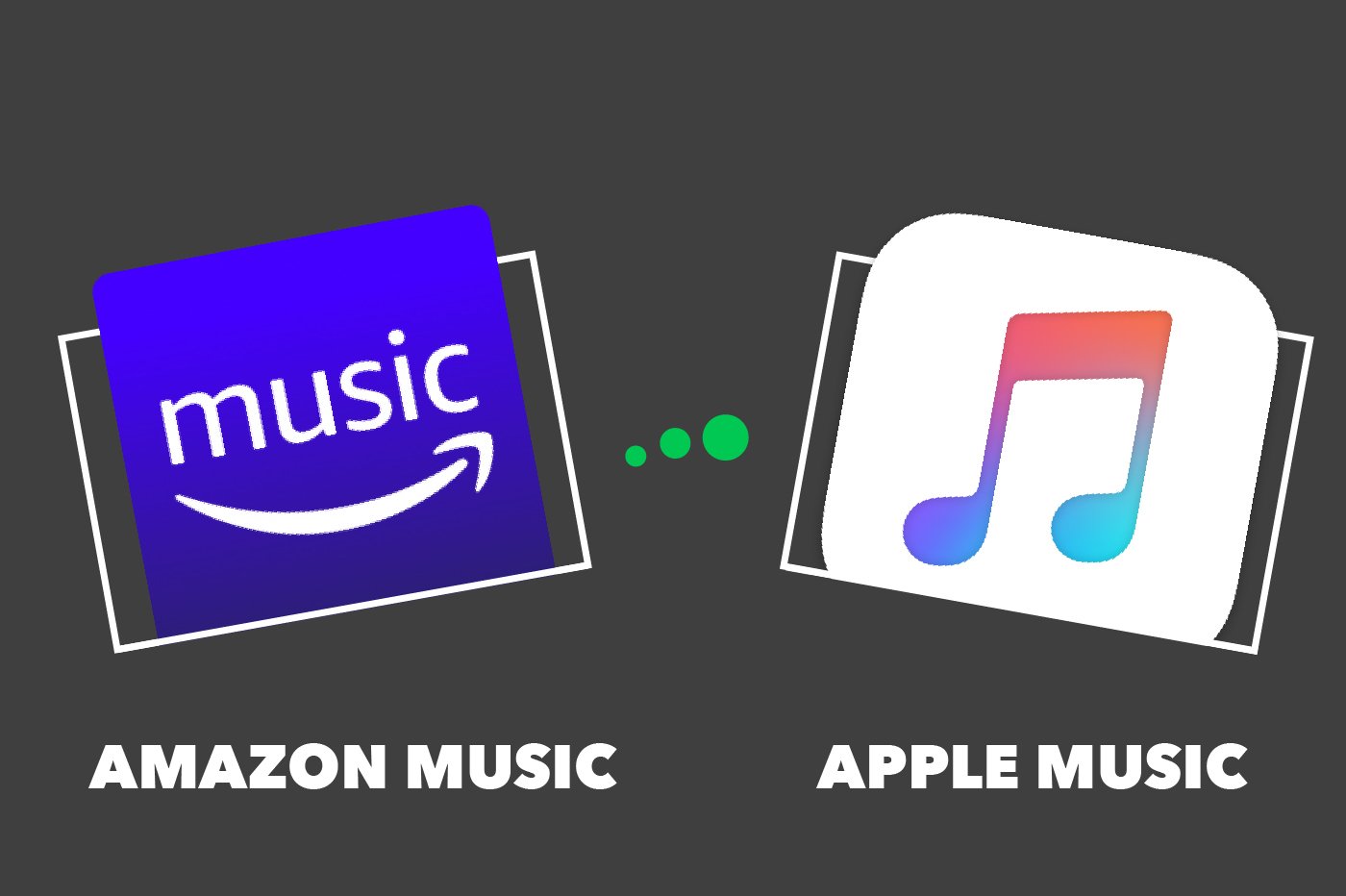

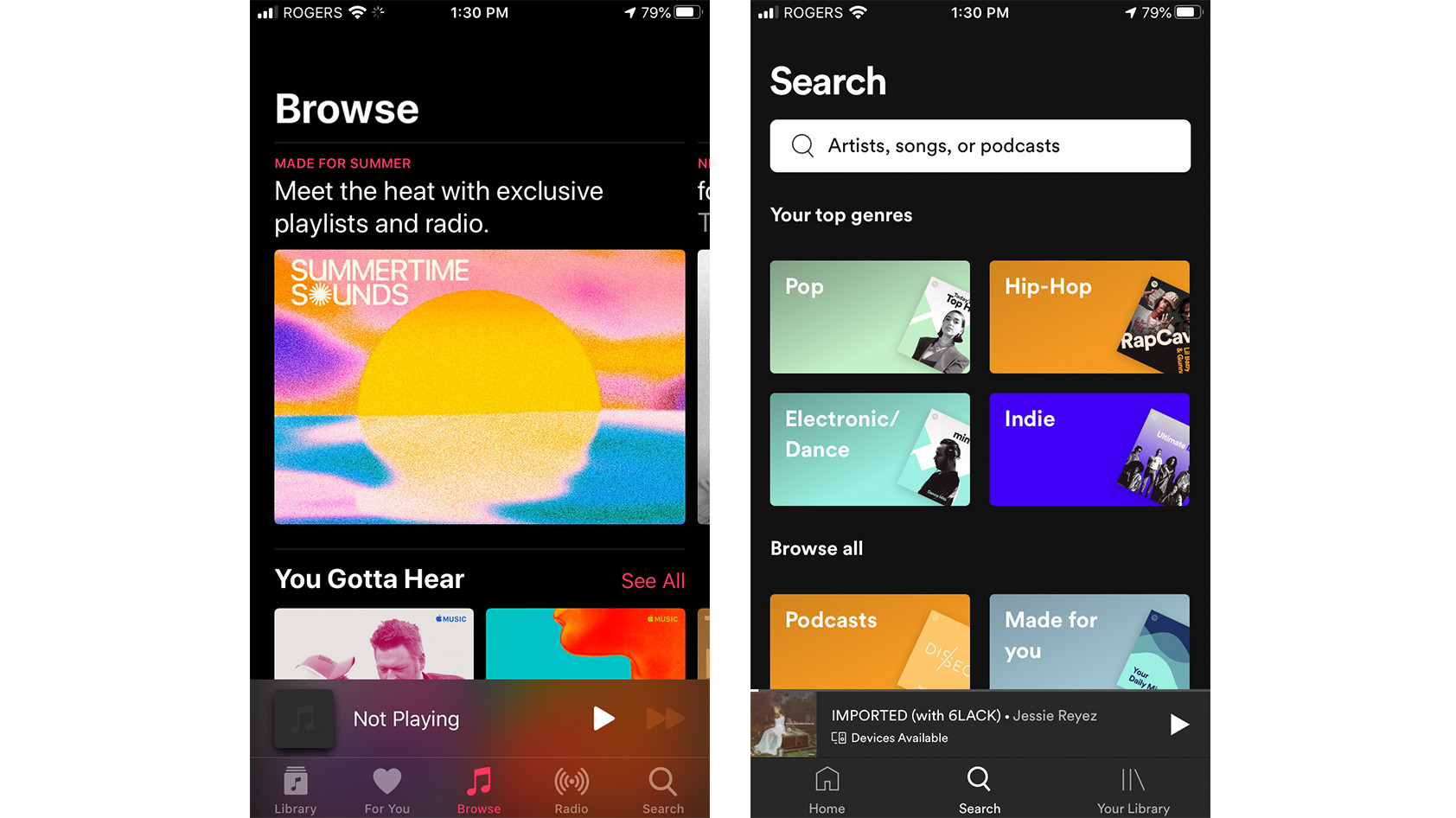
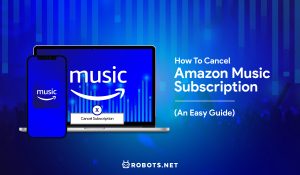
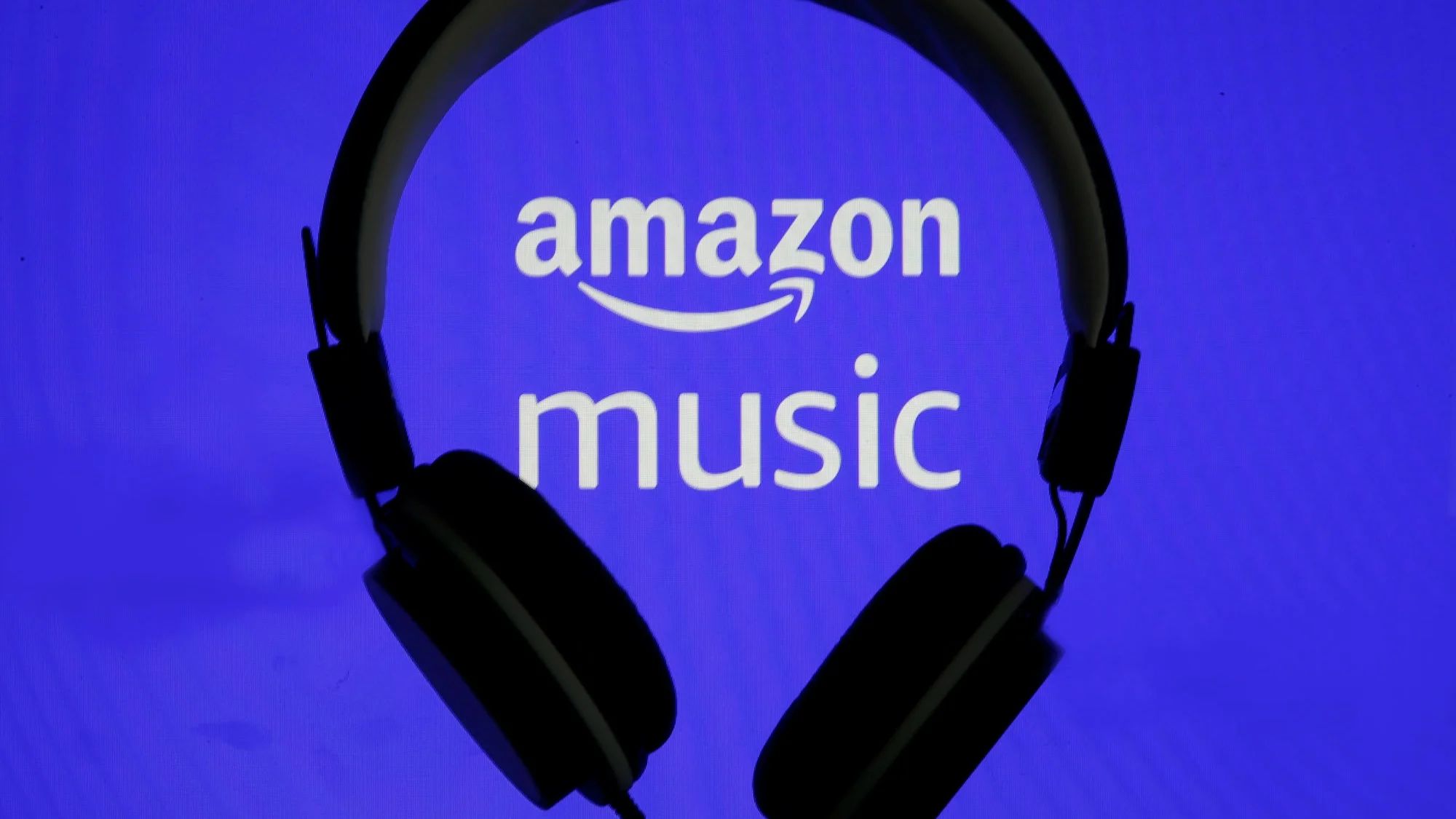
![How To Download Music Safe and Fast [GUIDE]](https://robots.net/wp-content/uploads/2022/04/how-to-download-music-featured-300x175.jpg)
